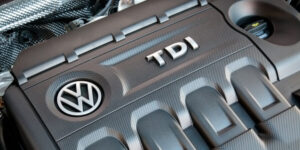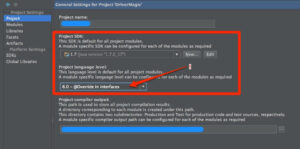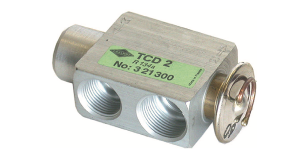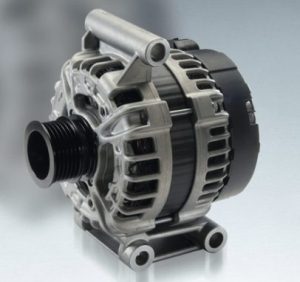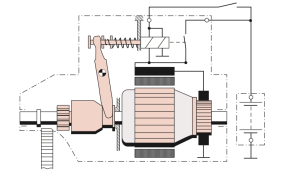The throttle butterfly is a critical component of the engine’s air intake system. It controls the amount of air that enters the engine, which affects the engine’s power and fuel efficiency. In this blog, we will explore the function, design, and maintenance of the throttle butterfly.
Function of Throttle Butterfly
The engine’s air intake system is responsible for supplying air to the engine. The throttle butterfly controls the amount of air that enters the engine by regulating the size of the air intake passage. When the driver presses on the accelerator pedal, the throttle butterfly opens, allowing more air to enter the engine, which increases its power output. When the driver releases the accelerator pedal, the throttle butterfly closes, reducing the amount of air entering the engine, which decreases its power output.
Design of Throttle Butterfly
The throttle butterfly consists of a circular plate with a shaft in the center. The plate is mounted in the air intake passage and rotates around the shaft to open and close the passage. The angle of the plate determines the amount of air entering the engine.
In modern engines, the throttle butterfly is controlled by an electronic throttle control (ETC) system, also known as “drive-by-wire.” The ETC system uses electronic sensors and actuators to control the position of the throttle butterfly. This system provides precise control over the engine’s power output and fuel efficiency.
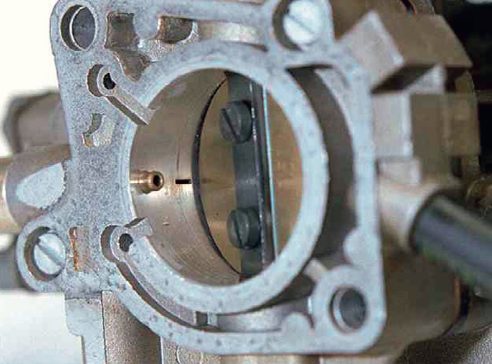
Maintenance of Throttle Butterfly
Over time, the throttle butterfly can become dirty and clogged with debris, such as dirt and oil. This can cause it to stick or not operate properly, which can affect the engine’s performance. To prevent this, it is essential to keep the air intake system clean.
Regular maintenance of the throttle butterfly involves cleaning it with a specialized throttle body cleaner. The cleaning process involves removing the air intake tube and spraying the cleaner directly onto the throttle butterfly. Once the cleaner has loosened the debris, it can be wiped away with a clean cloth.
It is essential to avoid using harsh chemicals, such as carburetor cleaner, to clean the throttle butterfly, as these can damage the delicate components of the ETC system.
Conclusion
In summary, the throttle butterfly is a critical component of the engine’s air intake system. It controls the amount of air that enters the engine, which affects its power and fuel efficiency. Modern engines use an electronic throttle control system to provide precise control over the engine’s power output. Regular maintenance, including cleaning the throttle butterfly, is essential to keep the air intake system functioning properly and maintain the engine’s performance.
Certainly! In addition to the information provided in the previous response, there are a few more details to know about the throttle butterfly and its role in the engine’s air intake system.
One important factor to consider is the size and shape of the throttle butterfly. The design of the butterfly can affect the engine’s power and efficiency. A larger butterfly allows more air to enter the engine, which can increase its power output. However, a larger butterfly may also reduce the air velocity, which can negatively impact fuel efficiency. Additionally, the shape of the butterfly can influence the airflow and turbulence within the intake system, which can also affect engine performance.
Another key aspect to consider is the position of the throttle butterfly at different engine speeds and loads. In a traditional mechanical throttle system, the position of the butterfly is controlled by a cable that is connected to the accelerator pedal. The position of the butterfly is directly related to the driver’s pedal position. However, in an electronic throttle control system, the position of the butterfly is controlled by the engine control module (ECM), which takes into account various sensors such as the accelerator pedal position, engine speed, and load. This allows the ECM to make more precise adjustments to the engine’s air intake, resulting in improved performance and fuel efficiency.
Lastly, it’s worth noting that the throttle butterfly can also be used as a safety feature. In the event of a sudden acceleration or unintended acceleration, the ECM can close the throttle butterfly to reduce engine power and prevent an accident.
Overall, the throttle butterfly is a critical component of the engine’s air intake system that plays a significant role in the engine’s performance and fuel efficiency. Its design, size, and position are carefully considered to ensure optimal performance, and proper maintenance is necessary to keep it functioning properly.
Advantages:
- Improved engine performance: By controlling the amount of air entering the engine, the throttle butterfly allows for improved engine performance. When the butterfly is opened, more air can enter the engine, resulting in increased power output.
- Fuel efficiency: When the engine is not under heavy load, the throttle butterfly can be partially closed to restrict the amount of air entering the engine. This reduces the engine’s power output, but also decreases fuel consumption, resulting in improved fuel efficiency.
- Safety: In an electronic throttle control system, the ECM can use the throttle butterfly as a safety feature to reduce engine power in the event of unintended acceleration or other dangerous situations.
Disadvantages:
- Reduced airflow: In some cases, the throttle butterfly can restrict the airflow to the engine, which can limit performance. This is more likely to occur with smaller butterfly valves or when the butterfly is only partially open.
- Maintenance: Over time, the throttle butterfly can become dirty and clogged with debris, which can cause it to stick or operate improperly. Regular maintenance is required to keep the butterfly functioning properly.
- Cost: In an electronic throttle control system, the components required to control the position of the throttle butterfly can be more expensive than a traditional mechanical throttle system. This can result in higher costs for repairs and maintenance.
Overall, the advantages of the throttle butterfly, such as improved engine performance and fuel efficiency, outweigh the disadvantages. However, it is important to ensure proper maintenance to avoid issues such as reduced airflow and to be aware of potential costs associated with electronic throttle control systems.



